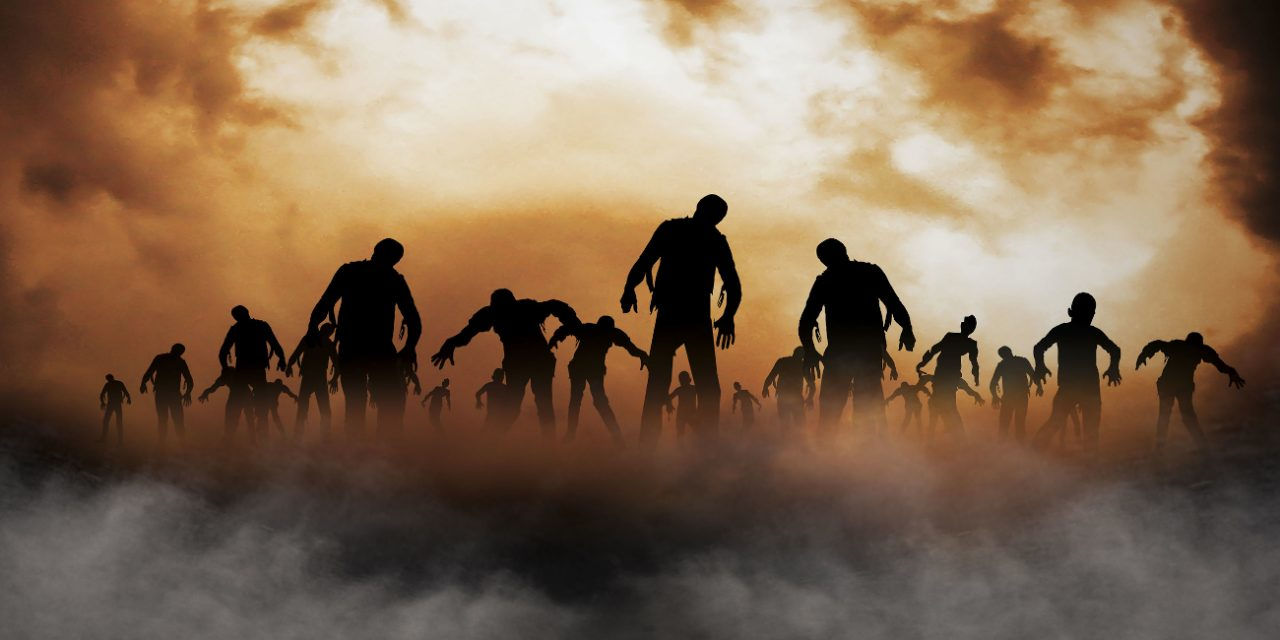By Steve Moran
While it does not start out this way. This article is one of hope and opportunity.
Many years ago I read a Nelson DeMille novel titled Mayday in which an unarmed practice missile poked a huge hole through an airliner causing instant massive depressurization and leaving all but three passengers dead or in a zombie-like state including all the pilots. The three who survived were in the restrooms which had extra pressurization. Their challenge was to get the damaged airplane on the ground while dealing with zombie-like passengers.
The Biggest Single Factor in Successful Aging
I’m currently reading a book titled Successful Aging: A Neuroscientist Explores the Power and Potential of Our Lives. According to the author, the single biggest factor impacting physical and brain health is activity. It got me to wondering if in 12 or 24 months we will be faced with our own kind of mini-zombie apocalypse, caused by the need to confine residents to their apartments.
I am not sure exactly what the solution to this challenge is, but if isolation is going to remain in place for an extended period of time it seems likely our safety measures will have significant negative impacts on those we are protecting.
Opportunity
I find myself wondering if, even with the best intentions, we unwittingly have actually been creating a suboptimal experience for residents when we thought we were doing just the right thing.
The data says that when older people move, not the same thing as exercise, they live longer, healthier lives and reduce the risk of dementia. While physical exercise, like treadmills and stationary bikes, are helpful for the physical part they are not all that helpful for the mental component. The data suggest that the brain needs its own set of exercises, something that walking and running does. In those activities the brain is being exercised, being forced to work on balance, coordination, wayfinding, and hazard avoidance.
Dreaming
I believe that if we put as much effort into creating serious physical movement programming in senior living as we do into creating great and healthy dining experiences, we would end up with residents who would be happier and healthier, residents who would be more self-sufficient, and residents who live longer — which all translates into longer lengths of stay and lower operating costs.
Today
Today we have residents who move and residents who don’t and we largely believe they are who they are. It is possible to create a culture where daily movement for health is the norm? There is a huge opportunity here that takes little or no money, only thinking about what we do a bit differently.








I agree. Movement as the “norm” is key! It’s also critical at this time for individuals to recognize they must replace the regular movement they would normally get in a day with intentional movement. Touchtown communities currently have a series of 2-3-min movement videos on their platform that residents can access thru the in-room TV channel and resident APP.
You are more than right here. Movement, being out in the sunshine, and much more that we are missing in this time of being caged can bring on depression, loneliness, and so much more. And while we are waiting for a vaccine, China was curing its people with high dose intraveneous Vit. C. They brought in 50 tons of the stuff.
I walk my dog three times a day. We both get some interaction with others doing the same, but at an appropriate distance. We also both get Vit. D, known to have immune boosting properties from the sunlight. I also take a large dose in pill form. As we move, our joints get lubricated, too. My dog and I are both older and have some joint issues so we are both taking systemic enzymes, a natural anti-inflammatory, so those joints don’t hurt as much and there is less joint deterioration due to inflammation.
I could go on, but you get the idea. You are spot on and there is much more to the story.